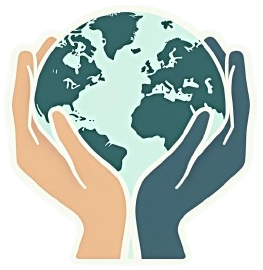Cultural Programming: How Traditions Shape Thought

Cultural traditions are often seen as the backbone of society, preserving the identity and values of a community. However, traditions can also serve as a form of programming, deeply influencing the way individuals think, behave, and interact with the world around them. While some traditions provide stability and connection, others may reinforce stereotypes, limit progress, and perpetuate divisions.
The power of cultural programming lies in its subtlety. From childhood, individuals are immersed in traditions and practices that dictate what is acceptable and what is not. This shapes their worldview, often without them realizing it. While culture can inspire creativity and solidarity, it can also create rigid frameworks that stifle innovation and suppress dissenting voices.
To break free from the limitations of cultural programming, it is essential to question traditions and evaluate their relevance in a rapidly changing world. Education plays a critical role in this process, as it fosters critical thinking and encourages people to see beyond the confines of inherited beliefs. By balancing respect for cultural heritage with a willingness to evolve, societies can embrace traditions that unite rather than divide.
Ultimately, recognizing the dual nature of cultural programming allows individuals and communities to preserve what is meaningful while discarding what no longer serves them. This creates space for new ideas, inclusivity, and shared progress, paving the way for a more open and equitable global society.
Ultimately, recognizing the dual nature of cultural programming allows individuals and communities to preserve what is meaningful while discarding what no longer serves them. This creates space for new ideas, inclusivity, and shared progress, paving the way for a more open and equitable global society.
